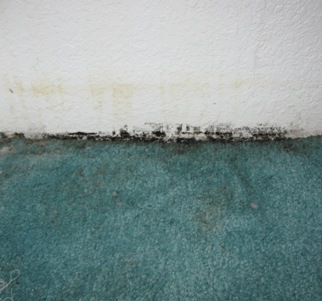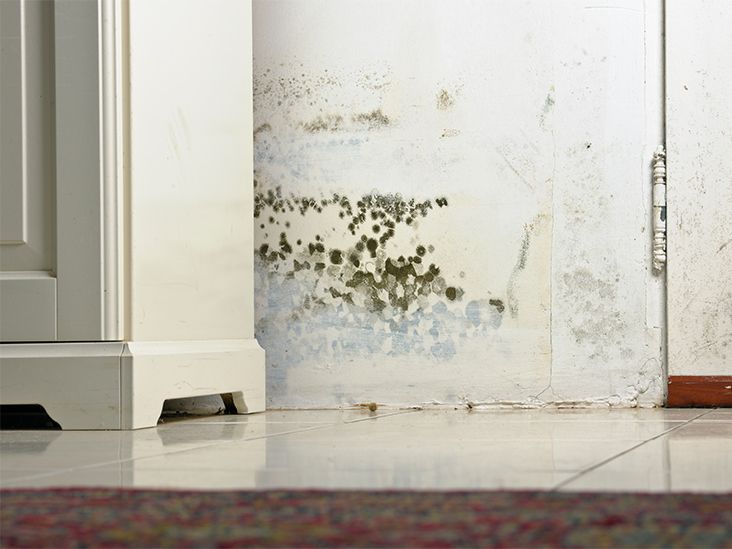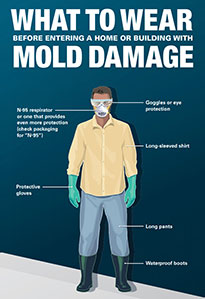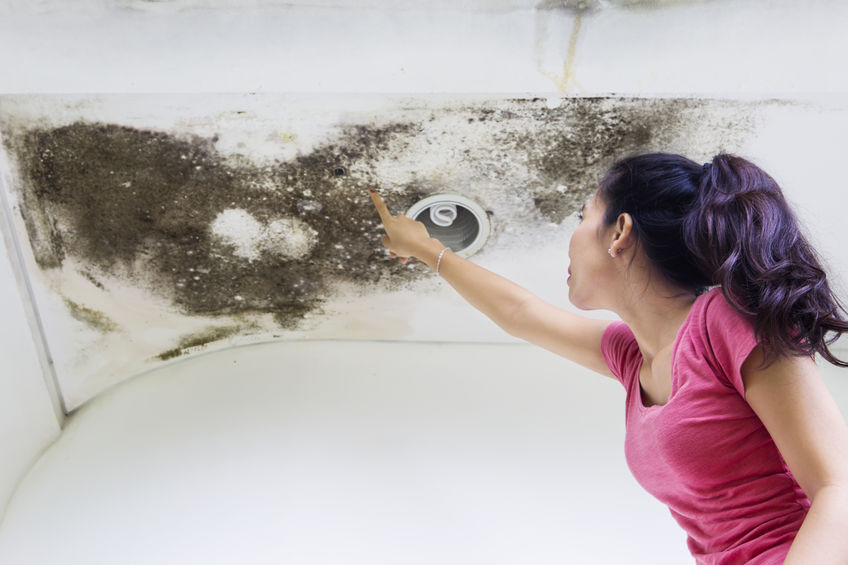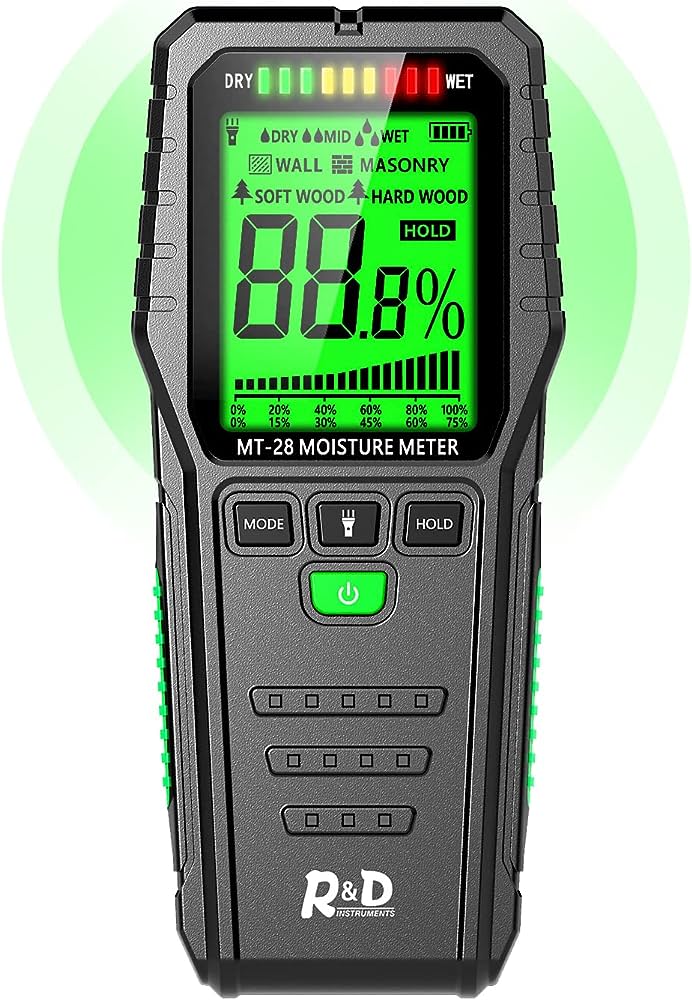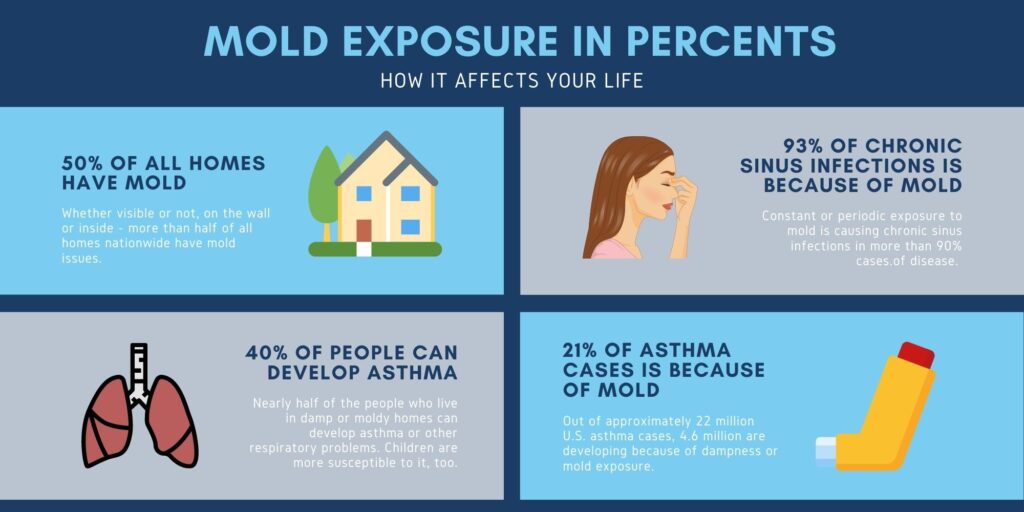Have you ever wondered about the distinct smell of black mold? In this article, we will explore the olfactory characteristics of black mold and uncover the telltale signs that can help you identify its presence. Understanding the odor associated with this type of mold can be crucial in taking quick action to prevent further damage and protect your health. So, let’s dive into the world of black mold and discover what it truly smells like.
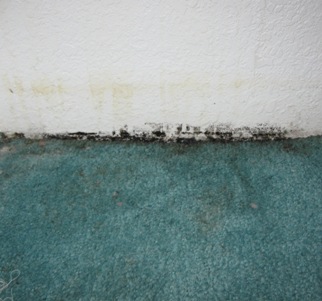

Types of Mold
Black Mold
Black mold, also known as Stachybotrys chartarum, is a type of mold that is commonly found in homes and buildings. It has a distinct appearance, often appearing as black or dark green patches on surfaces. Black mold thrives in areas that are damp, humid, and have poor ventilation, such as bathrooms, basements, and crawl spaces.
Other Common Types of Mold
Apart from black mold, there are several other types of mold that can grow in indoor environments. Some common examples include Aspergillus, Penicillium, and Cladosporium. These molds can have different appearances and may vary in color, ranging from green to brown to white. While black mold is known for its toxicity, it’s essential to address all types of mold growth to maintain a healthy living environment.
Causes and Signs of Black Mold
Causes of Black Mold
Black mold can develop in your home due to various factors. Excessive moisture is the primary cause of black mold growth. It can result from water leaks, high humidity levels, or condensation on surfaces. Poor ventilation can also contribute to the growth of black mold as it prevents the air from circulating effectively, leading to increased moisture and humidity levels.
Signs of Black Mold
Identifying signs of black mold growth is crucial to ensure early detection and prompt remediation. Some common signs to look out for include visible dark patches or spots on surfaces, a musty odor, and the presence of mold spores in the air. If you notice any of these signs, it’s essential to take immediate action to prevent further mold growth and potential health risks.


The Smell of Black Mold
Distinct Odor
Black mold has a unique smell that sets it apart from other types of mold. If you’ve ever encountered black mold, you may describe its odor as earthy, musty, or even unpleasantly sweet. The smell is often strong and pungent, making it difficult to ignore.
Musty and Damp
The smell of black mold is often associated with dampness and mustiness. It’s similar to the scent you may encounter in basements or unused spaces. This odor can permeate through the air and affect the overall indoor air quality, causing discomfort and potential health issues.
Similar Smells
While black mold has its distinct odor, it’s important to note that not all molds smell the same. Different types of mold can produce various smells, ranging from earthy and musty to sour or even fruity. Therefore, it’s crucial to rely on visual signs and professional tests to determine the presence of black mold accurately.
Factors Influencing the Smell
Growth Stage
The intensity of the smell emitted by black mold can vary depending on its growth stage. When the mold is actively growing and producing spores, you may notice a stronger odor. As the mold progresses through its life cycle, the smell may become less noticeable, but it’s still important to address the issue regardless of the intensity of the odor.
Environmental Conditions
The smell of black mold can be influenced by environmental conditions such as temperature and humidity. Increased humidity levels can enhance the musty odor, making it more noticeable. Similarly, warmer temperatures can accelerate the growth and metabolism of black mold, leading to a stronger smell.
Surrounding Materials
The materials surrounding black mold growth can also impact the odor emitted. Porous surfaces, such as carpets, drywall, or upholstery, can absorb moisture and trap mold spores, intensifying the smell. It’s crucial to address both the mold growth and potential contamination of materials to eliminate the odor effectively.
Associated Bacteria
Black mold can often coexist with bacteria, which can contribute to the overall smell. Bacteria produce their own distinct odor, which can mix with the smell of black mold. The presence of bacteria can exacerbate the potential health effects associated with black mold exposure.
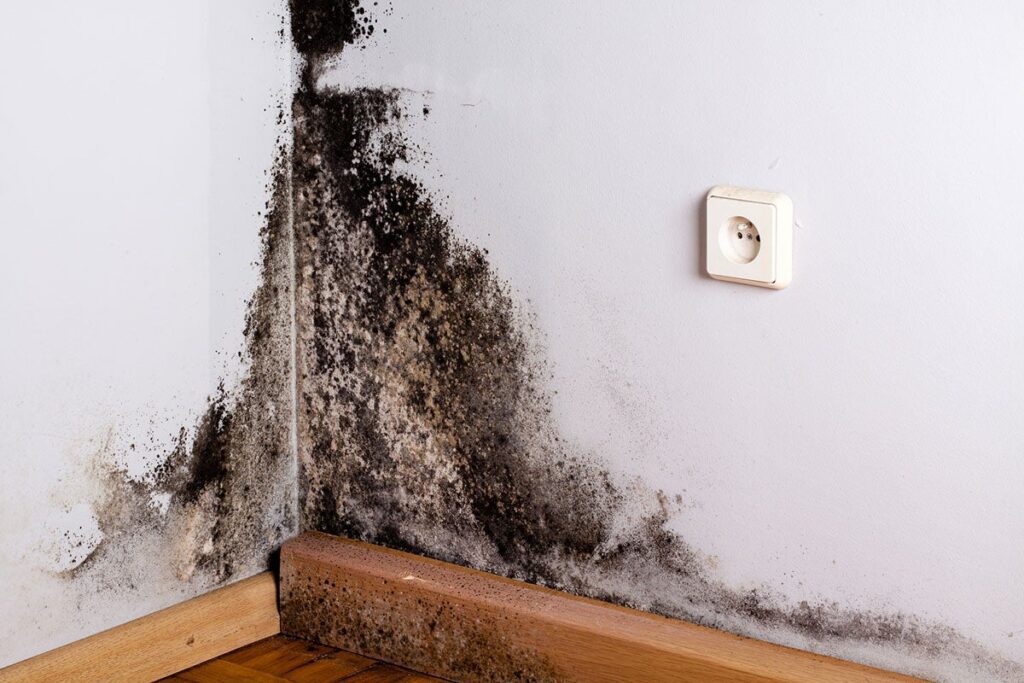

Health Effects of Black Mold
Respiratory Issues
Exposure to black mold can lead to various respiratory issues, especially in individuals with underlying respiratory conditions or weakened immune systems. Common symptoms may include coughing, wheezing, throat irritation, and difficulty breathing. Prolonged exposure to black mold can worsen these symptoms and potentially lead to more severe respiratory infections.
Allergic Reactions
Many individuals may exhibit allergic reactions when exposed to black mold spores. These reactions may manifest as sneezing, runny or stuffy nose, itchy or watery eyes, and skin rashes. People with existing allergies or asthma may be more susceptible to experiencing allergic reactions in the presence of black mold.
Toxic Symptoms
In some cases, exposure to black mold can result in toxic effects known as mycotoxicosis. These symptoms can include headaches, dizziness, fatigue, nausea, and even neurological issues in severe cases. It’s important to note that not all black mold strains produce mycotoxins, but it’s crucial to address any black mold growth to prevent potential health risks.
Detecting Black Mold
Visual Signs
Visual signs are typically the most apparent indicators of black mold growth. Look out for dark green or black patches on walls, floors, ceilings, or other surfaces. Mold can have a fuzzy or slimy texture and may spread rapidly if left untreated. If you notice any visible signs of mold, it’s essential to investigate further to determine the extent of the growth.
Testing for Mold
If you suspect the presence of black mold but cannot visually confirm it, you can opt for mold testing. Mold testing kits are available for purchase, allowing you to collect samples and send them to a laboratory for analysis. Professional mold testing services are also available, which can provide more accurate results and help identify the specific type of mold present.
Professional Inspection
For comprehensive assessment and accurate identification of black mold, it’s advisable to seek professional inspection services. Certified mold inspectors have the expertise and equipment to detect hidden mold growth and assess potential health risks. Their thorough examination can provide valuable insights for effective remediation and prevention strategies.


Prevention and Remediation
Moisture Control
One of the most crucial steps in preventing black mold growth is moisture control. Addressing any water leaks, fixing plumbing issues promptly, and reducing humidity levels can significantly decrease the chances of mold growth. Regularly inspect areas prone to moisture accumulation, such as bathrooms, basements, and crawl spaces, and take preventative measures to ensure a dry environment.
Proper Ventilation
Proper ventilation plays a vital role in impeding the growth of black mold. Ensure adequate airflow throughout your home by using exhaust fans in bathrooms, kitchens, and laundry areas. Open windows whenever possible to improve air circulation and reduce humidity. In areas with high humidity, such as basements, consider using dehumidifiers to maintain optimal moisture levels.
Regular Cleaning
Regular cleaning and maintenance can help prevent black mold growth. Keep surfaces clean and dry, especially in moisture-prone areas. Use mold-resistant cleaning products to remove any visible mold and control its spread. Vacuum carpets and upholstery regularly to eliminate trapped mold spores. Prevent clutter and ensure proper storage to minimize the chances of mold growth.
Removal and Treatment
If you discover black mold in your home, it’s crucial to address it promptly and effectively. Depending on the extent of the growth, you may opt for DIY removal or seek professional assistance. Ensure proper containment and protection measures when removing black mold to prevent its spread. Treat affected areas with mold-killing solutions and consider making necessary repairs to prevent future moisture issues.
Dealing with Black Mold Smell
Identifying the Source
Before addressing the black mold smell, it’s important to identify the source of the odor. Conduct a thorough inspection of the affected areas and adjacent spaces to determine the extent of the mold growth. If the mold infestation is severe, it’s advisable to seek professional assistance to ensure the proper assessment and effective remediation of the source.
Remediation Techniques
To eliminate the black mold smell, it’s vital to address the underlying mold growth. Depending on the extent of the growth, you may need to remove and replace mold-infested materials, such as drywall or carpeting. Thoroughly clean and sanitize the affected areas using mold-specific products. Properly dispose of any contaminated materials to prevent further spread of mold spores.
Removing Odor
To tackle the lingering black mold smell, there are several odor removal techniques you can employ. Use vinegar, baking soda, or hydrogen peroxide to neutralize the odor on surfaces. Air purifiers with HEPA filters can help remove mold spores and improve indoor air quality. Ensure proper ventilation to allow fresh air to circulate and reduce the concentration of the mold smell.
Professional Assistance
If the black mold smell persists despite your best efforts, seeking professional assistance may be necessary. Mold remediation specialists can employ advanced techniques such as thermal fogging or ozone treatments to eliminate stubborn odors. Professional assessment and remediation services can provide comprehensive solutions to ensure the complete removal of the black mold smell.
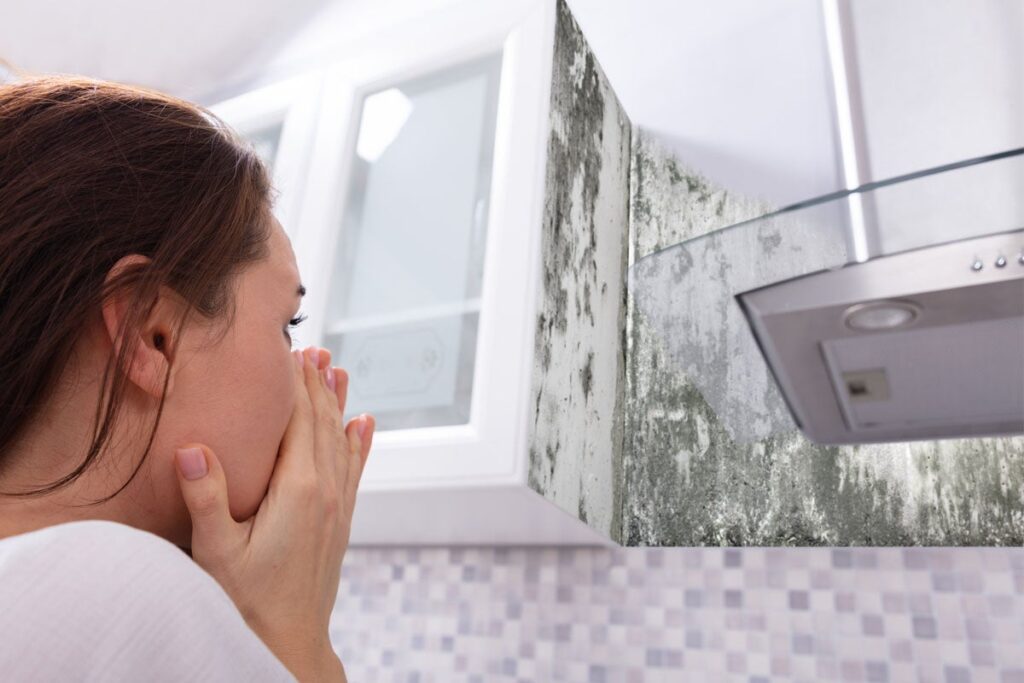

Conclusion
Understanding the types, causes, signs, and smells associated with black mold is crucial for maintaining a healthy indoor environment. Prompt detection, prevention, and remediation are essential to minimize health risks and prevent further mold growth. Regular inspections, proper ventilation, and effective moisture control play significant roles in preventing the growth of black mold. When dealing with black mold smell, identifying the source, employing remediation techniques, and seeking professional assistance if needed can ensure complete removal of the odor. By being proactive and seeking professional help, you can create a safe and mold-free living environment for yourself and your loved ones.

